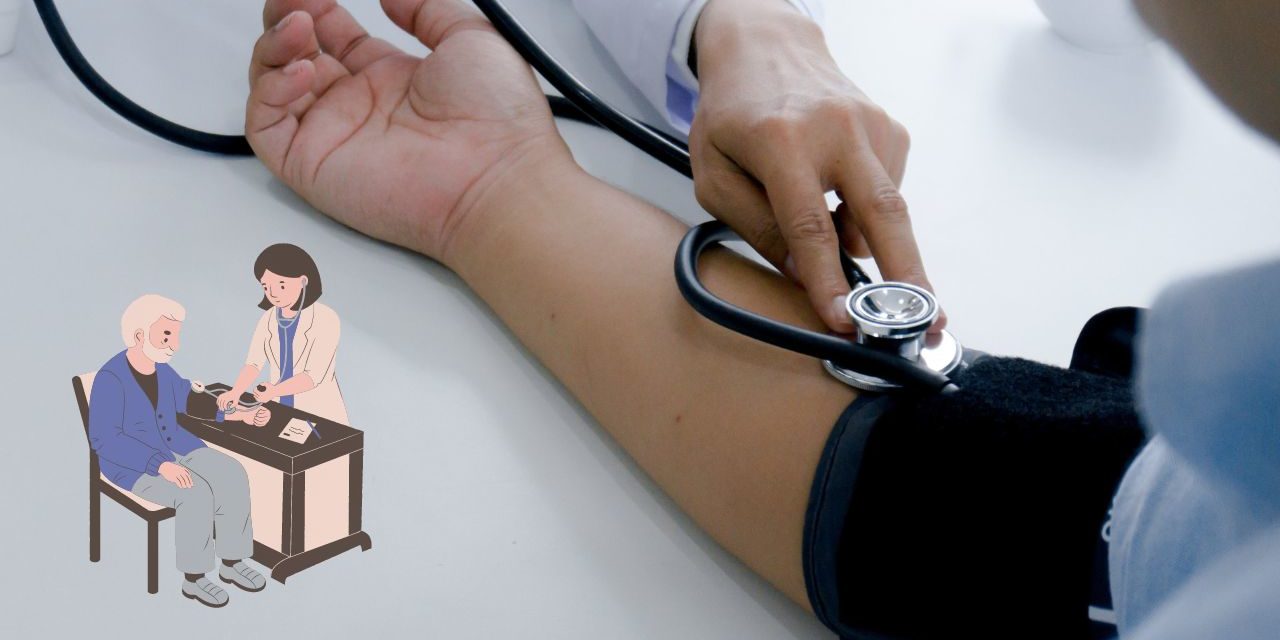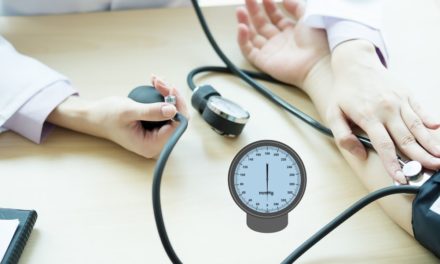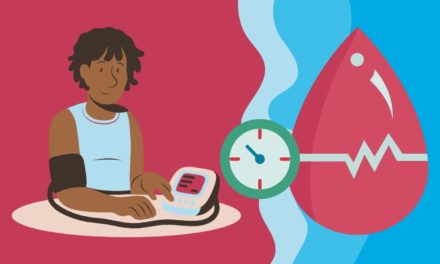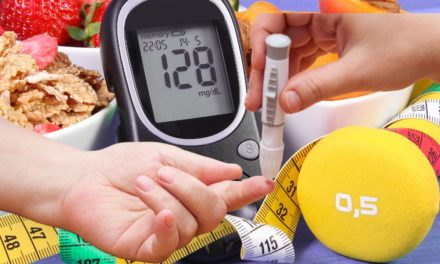The goal of high blood pressure treatment is to lower and control blood pressure levels to reduce the risk of complications and promote overall cardiovascular health. Treatment may vary depending on the severity of high blood pressure, the presence of other medical conditions, and individual factors. Some common strategies and components of high blood pressure treatment are:
1. Lifestyle changes:
Adopting healthy lifestyle changes is often the first step in managing high blood pressure. These amendments include:
A healthy diet:
Follow a balanced diet, such as the DASH (Dietary Approaches to Prevent Hypertension) diet, which limits sodium, saturated fat, and cholesterol, and includes fruits, vegetables, whole grains, lean protein, and low-fat dairy. Emphasizes the product.
B. Weight Management:
Achieving and maintaining a healthy weight through a combination of regular physical activity and calorie control. Losing excess weight can significantly help lower blood pressure.
C. Regular Exercise:
Engaging in moderate aerobic exercise, such as brisk walking, swimming, or bicycling, at least 150 minutes per week. Physical activity helps strengthen the heart and improves overall cardiovascular health.
D. Sodium restriction:
Reducing sodium intake to less than 2,300 milligrams (mg) per day (and to 1,500 milligrams if you have high blood pressure, diabetes, or chronic kidney disease). Processed foods, fast food, and added salt can help achieve this goal.
F. Limiting Alcohol Use:
Do not exceed moderate alcohol intake (up to one drink per day for women and up to two drinks per day for men). Excessive alcohol consumption can raise blood pressure.
G. Quit smoking:
If you smoke, quitting is highly recommended. Smoking damages blood vessels and contributes to the development and progression of high blood pressure and heart disease.
2. Medication:
In cases where lifestyle changes alone are insufficient, health care providers may prescribe medications to lower blood pressure. There are several medications used to treat high blood pressure:
A. Diuretics:
Help eliminate excess salt and water from the body, reduce fluid retention and lower blood pressure.
B. ACE inhibitors (Angiotensin-converting Enzyme inhibitors):
Dilate blood vessels to lower blood pressure and reduce the workload on the heart.
C. ARBs (Angiotensin II Receptor Blockers):
Block the effects of angiotensin II, a hormone that constricts blood vessels, resulting in a drop in blood pressure.
D. Beta Blockers:
By blocking the effects of adrenaline, slow the heart rate and lower blood pressure.
E. Calcium channel blockers:
Relax the blood vessels and reduce the force of contraction of the heart, which in turn lowers blood pressure.
F. Other Medications:
Depending on individual circumstances, additional medications such as alpha blockers, central agonists, or direct vasodilators may be prescribed.
3. Regular monitoring and follow-up:
Regular blood pressure monitoring is essential to assess the effectiveness of treatment and make adjustments as needed. Health care providers may recommend home blood pressure monitoring or regular office visits to track progress and provide ongoing care.
4. Complementary Therapies:
Some people may find complementary ways to manage blood pressure, such as stress reduction techniques (eg, meditation, deep breathing exercises, yoga), dietary supplements (eg, garlic extract, fish oil) or alternatives. Treatment (eg, acupuncture). It is important to discuss these options with a health care professional and make sure they are safe and appropriate to use with conventional treatments.
5. Targeting underlying conditions:
If high blood pressure is caused by an underlying condition, such as kidney disease or hormonal disorders, treating the underlying condition can help manage high blood pressure effectively.
6. Individualized Treatment Plan:
Treatment plans should be tailored to each individual.










